By Erica Dixon
I met with our 2016 Performing Diaspora artists to chat about their process two weeks ago, the week before our recent election. After last week’s reaffirmation of our country’s divisiveness and bigotry, the exploration of the artist’s role in activist work feels more important now than ever. A question that I have been perpetually interested in, in CounterPulse’s work, the work of our artists, and my own artistic endeavours, is why we choose art as our medium for social change. I’ve had moments of questioning this approach – wouldn’t it be more direct, more effective to work towards social change, towards upending oppression, through policy change, campaigning, running for local office, changing business models, etc. Certainly these are all important approaches, but always art holds unique, necessary ground. There’s a lot to consider around this question, “why is art as your medium for social change?” and I think there’s a lot of right answers, too. I was fascinated to hear dana & Sammay’s individually unique approaches. Feel free to share your thoughts in the comments section below.
Erica Dixon Who are you?
dana e. fitchett I definitely identify as a creative. Life is about creating, making, contributing, and identifying through what comes out of us. I am new to the Bay. I’ve been here for two and a half years, and I live in the East Bay. I moved from the Boston area, where I was born and raised. I went to college in New York state, and then moved back to Boston for 10 years. I’ve had a career mostly in education and educational justice and then decided that that was not my fight – for now! I still have some connection to that world, but I have a hard time working towards justice with the capitalistic rules. Now my fight is more on insisting on having the space to create without those rules.
ED What is on your mind with your creative process right now? You’ve got the second (and final) work-in-progress tomorrow, exactly one month until the show opens – I’m sure you’re thinking about a lot.
DF I’ve been thinking a lot about how the piece is going to come together. I definitely have this perspective around my work where I get anxious about how I’m making the dance, and then the dance just starts to happen before me. And that’s the beauty of it. It’s been awhile since I’ve been in a dance making space – this is the first piece I’ve put on people since I’ve been out here. And now that I’m back in this space I’m like, right, this is the thing I’m supposed to be doing – one of the things I’m supposed to be doing. In that, it feels very, very natural how all the pieces come together. I’ve been thinking a lot about just letting go because I was feeling very anxious and time-bound and all this stuff, but now, especially over the last few weeks, it’s just feeling like things are really settling and making sense. My dancers are so strong and committed and open. My movement and approach to dance can feel really foreign to dancers. So this is the first time I’m working with these people in this capacity and they’re still really willing to let go of their attachments to their movement, to their experience, and just go with it, which is really beautiful.
ED Have you worked with these dancers before?
DF One of my dancers is my closest friend out here, Lauren, and she’s like a sister to me. We’ve danced together, and we go out dancing together, which is an interestingly different dynamic. She’s also a trained dancer and a dance educator, so it’s beautiful to have that relationship in the space. There’s a note to myself in my choreography notebook that says, “Lauren and dana dance as if they were at the club.” So there is some of that will be on the stage. One of the other dancers, Jen, I know through the classes that I teach in the East Bay – my Afro Modern House classes. She comes to those classes, and we’ve developed a relationship though that, and I’ve got to go to a couple of her classes. And then there’s Lindsay, who I have performed with for other people in the past.
ED Your background is in educational activism, and your day job is also an activist-oriented role, can you speak to the role of activism in your creative practice, and why dance is the medium of choice for that activism?
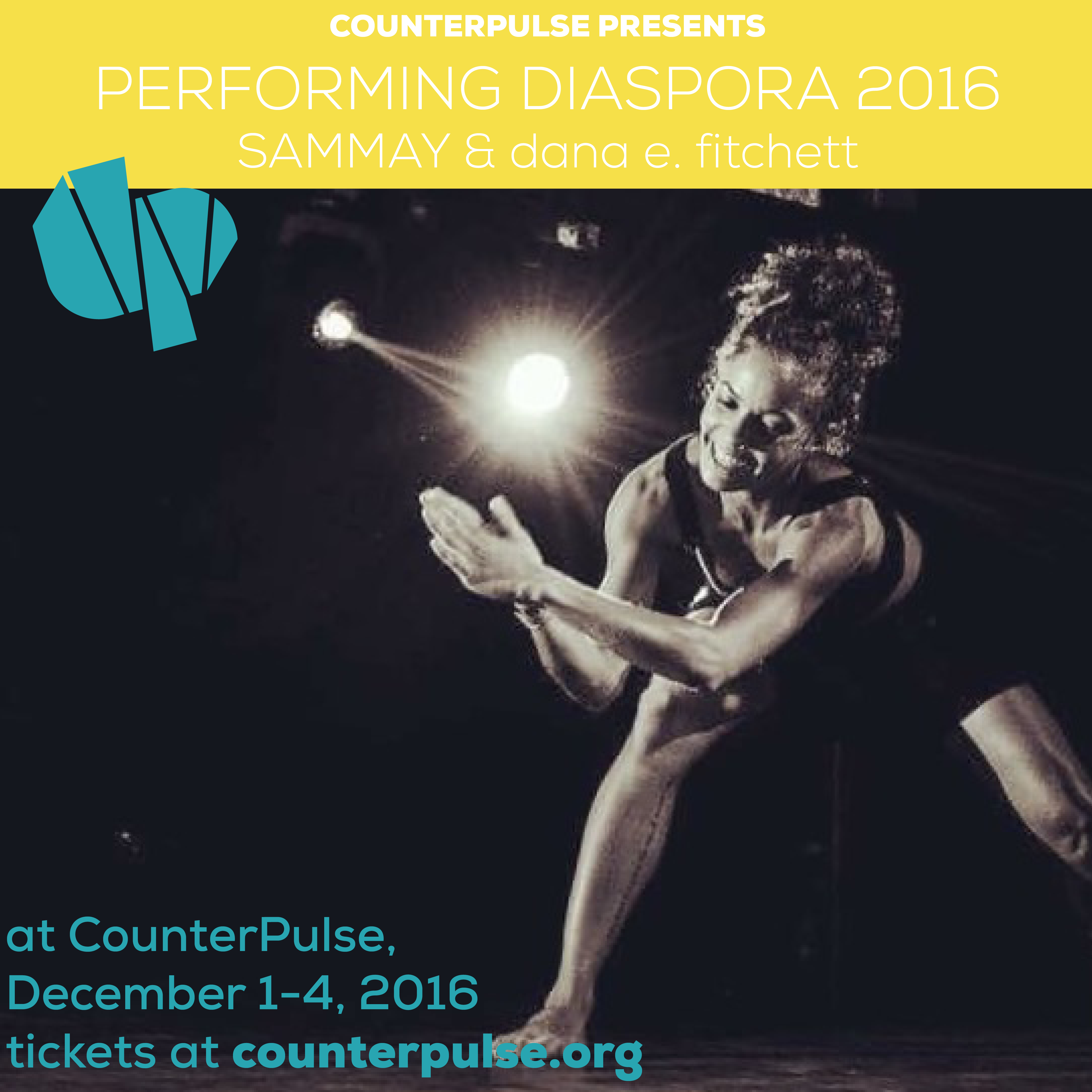 DF My day job right now is at a justice-oriented organization that’s focused on education, but my work is very intentionally removed from the program side of things. This is the first time I’ve not been working in heavy justice work and it’s because that work doesn’t work for me. Even non-profits are part of this complex that we have around capitalism and industry and whatever else, but I wanted something that still felt close to my heart, so that’s why I work there. But justice is a HUGE part in my creative process, and a lot of it is really connected to my identity and the trajectory of my identity, very specifically as identifying as a mixed race Black woman who has rarely felt like there are spaces that are made for me. Or spaces where I can bring my full self. Or maybe even like I’ve been moving between spaces, and navigating so many different types of spaces that I’ve always felt like I was playing by other people’s rules.
DF My day job right now is at a justice-oriented organization that’s focused on education, but my work is very intentionally removed from the program side of things. This is the first time I’ve not been working in heavy justice work and it’s because that work doesn’t work for me. Even non-profits are part of this complex that we have around capitalism and industry and whatever else, but I wanted something that still felt close to my heart, so that’s why I work there. But justice is a HUGE part in my creative process, and a lot of it is really connected to my identity and the trajectory of my identity, very specifically as identifying as a mixed race Black woman who has rarely felt like there are spaces that are made for me. Or spaces where I can bring my full self. Or maybe even like I’ve been moving between spaces, and navigating so many different types of spaces that I’ve always felt like I was playing by other people’s rules.
And when I think about why dance – it’s funny because I just showed you that “stop the words…” Rumi quote, words are so much in the way for me. Even language, voice, tone of voice, all these other things are filters for my identity. And, sure, in a way we could say movement is too.
It speaks to my whole dance trajectory which is a lot of ballet training when I was young: I was in ballet at the age of 3, until my teen years, took a break, then got back into technical dance. I got liberated by going to underground house clubs in New York City. That’s where I was like, I can actually use my whole body, and there aren’t rules to this. And it’s all right, just let it out. That’s a really powerful space, that space to be unfiltered. That has led so much into my approach to dance too.
I’m so resistant of imitation in artistic expression, I think that it was a critical juncture for me when I realized that art is also really oppressive. Especially when I think about ballet, but even thinking about all these techniques that we have to learn to be artists. Where really, for me, the beauty would be if all of us, could release those rules .
And just body liberation! I can’t put to words how freeing it is for me to just not have to speak, not have to act, just be. And my dancers know that I’ll be like, stop dancing, move, and don’t dance. There’s so much that’s been embedded in us about how to dance, a lot of our process has been me reminding them that I invited them to dance because I love the essence of their dancing and I don’t want them to get too confined by what the expectation typically is in a dance space. But there’s a fine line too because I do have expectations and there are things I want to see.
ED I’m curious – do you feel that this liberatory sense that you’re imparting on your dancers, do you think that this is something that the audiences can access through watching the work?
DF I haven’t had enough conversation about my dance work because I’m like – we don’t need to do all this talking – the dance speaks for itself. Let’s let dance be dance. And though I’ve had a lot of that perspective before, this process has been good for me, to push me to really get clear about what the purpose of my dance is, what it really says to people. I know it really resonates with people, with just the way that I move, and because it doesn’t acknowledge a lot of technique, you can see influence in it naturally, but you can’t really place it. I think that this both ostracizes and brings people in. It brings people in because it’s just bodily. But it can also make people feel really distanced. Because they don’t know what they’re seeing or they feel that’s not the way they would move. It’s an interesting tension and it’s the tension I’m playing with in the piece.
ED How has being in residence at CounterPulse affected your work, both in working with the space and the staff, but also being in the dual residency process with Sammay?
DF It’s been great for me. I love being in the upstairs studio especially. That’s where I started working, I was mostly working by myself at that point and was mostly working at night. There’s something about that space that’s really great to me. That mural really helps a lot.
It’s been really good for me to have this committed time too. There are ways that there is a lot of tension for me because of all the things I have going on. In some ways I feel like I’m failing the residency. In terms of bringing all that it and you all are bringing to me. My head is just in so many spaces, and I would have loved to feel that I got deeper into it sooner. That said, it’s still really great to have this space because I haven’t had the opportunity to make a piece since I’ve been here. So that’s two years of being in more traditional workish environments.
So I feel that it’s really validated for process the way you all approach art is really comforting for me. eing from the East Coast, and being from the Northeast specifically, there’s ways the dance culture can be really rigid and competitive. I have these insecurities about how “pure dance” I can be: how I love music so much, I love counts, I don’t love a lot of super intellectual dance. I naturally tend towards being over intellectual, and dance is where I don’t need all that. I even had insecurities coming in here, thinking, CounterPulse does all this super edgy stuff, my stuff is just dance. I had all this hang-up that lingered. Even when my interactions with Julie totally negated that, I still had this feeling, right up to the first work-in-progress. I realized she’s not this version of an Artistic Director I have in my head, she actually just makes space for people to make what they are meant to create, and that’s really powerful.
It’s been great being in residence with Sammay. We had a relationship already and when we found each other were that other artist, we were excited. Unfortunately we’ve only seen each other at the WIP so far!
Erica Dixon Who are you?
Sammay Dizon My name is Sammay. My full name is Samantha Peñaflor Dizon; I’m an interdisciplinary performance artist here in the Bay Area and am of Pilipina descent. My dad is Ilokano and Kapampangan and my mom is Bikolano. I’m a first generation daughter and I’m an arts educator and an artist. I’m forever trying to navigate how to balance the art-making and the discovery and the speaking truths on everything that needs to be uncovered and unveiled in present and future society.
ED Thanks for getting clear on the Pilipina pronunciation.
SD It’s Filipina in the US, but I would say there is a group of us who specifically spell it with a P to reclaim it; since supposedly the “f” sound is more Spanish.
ED What is on your mind right now in your creative process?
SD One is that the WIP (work-in-progress) is tomorrow. I’m stoked: I had such a great experience in WIP one, after I was deathly frightened to put that initial offering of the work outside of the rehearsal space. After getting through that point and obstacle, it’s really been being more about standing firmly in this creative process. Intention is clearer and deeper. I’m excited that my collaborators are going to be in the space tomorrow – we’re never all together! There are always tons of different convos for the one project. It will good to have them all in the space and just vibe out with each other – witness what is being cultivated from all the different perspectives on the piece. In the greater scope and vision, I’m thinking about how I need to set choreography on some things, decide about some questions that have been on my mind in regards to set design, in regards to measurements, collaboration, and capacity. I want to make sure, in this last month, that through the creative process we’re not burning ourselves out. There’s still a lot of work to do: understanding if we need to scale back and what needs to be prioritized.
ED With all of that, how has being in residency at CounterPulse changed your process?
SD Oh my goodness, I love being here. I got a bit sad writing my WIP questions, realizing that this would be my last time writing to Julie about the work in progresses. After this, it’s full speed ahead to the show. It’s been so meaningful to be supported by CounterPulse as a theater, as a staff, and as an organization. I’m used to being this one-woman show and having to lead and deal with a lot of things – which I’m still doing – but to do that with the resources, the support, and the sincere relationships that I’ve been cultivating during this time, has been so good. I don’t want it to end.
I’ve been learning so much. I’m also used to working in more unconventional spaces, where it’s all about working with what we’ve got. Whereas working here, it’s all about what we have first. I’m learning everyday about this space and its possibilities, capabilities, and I feel like even if I don’t put out the ultimate dream of this piece – I’m coming away with all these navigation pieces, that I’m like: ok, if we do this elsewhere this is how you do it. So that’s been good.
ED And what about being in residence with dana?
SD I love dana, we were both so stoked to find out that we were going to be in residency together. We knew each other from before; we’d danced together last summer and totally vibed.
ED You and Dana both have a strong element of activism in the work you make and I’m curious if you could speak to what compels you to make activist-oriented work and also how you came to choose dance as the medium for your activism?
SD From a young age I’ve always wanted to be a changemaker. When I was a little kid I remember saying, “I’m going to become the president of the United States,” and I was always inspired by folks, leaders, and I always saw myself in that role. Then in college, for some reason, I thought I wanted to be in business, and I thought I could make change as a CEO. I totally flipped the script when I went to UC Berkeley. Coming from LA and having grown up in LA – I was in a super tight bubble and I was not aware at all. And then coming up to the Bay Area and experiencing the Bay Area -this is where I discovered activism and realized our political power as students, as POC, as immigrant families, so on and so forth. It was through that breaking open of thought and understanding the structures in place; it was that unveiling that broke me open. It’s this feeling of not being willing to fall back into that mold.
First it stems from anger, then you get past the angry activist part and then you start to see we need to change people’s minds – how do we do that? Oh, for me it was not being a CEO, because I realized I couldn’t roll in that sector; it was always the art – the dance and the emotion. I’d grown up dancing with other people, in this entertainment aspect. I did Polynesian dance, which was the first opening of portals in honoring ancestors through song and dance. And then in college, I did urban competitive dance which was definitely like: ok, we’re going to impress you with our moves. And during this time in my senior year, I realized that was not how I wanted to use my body. It was after that I realized this isn’t how I wanted to use my body that I realized, oh I’m an artist… which was huge for me!
Coming from a migrant family, with both my parents growing up in the Philippines and coming over here in the 80’s, you always hear this narrative of: oh, you’re gonna be a doctor or a lawyer, something practical that will move you up on the socioeconomic ladder. And even though Pilipinos are so talented – everyone sings, everyone dances, everyone’s super dramatic and can act super well; there’s not a real support for that growing up. ‘Oh, she sings at the parties,’ and ‘Oh, she’s so good,’ but it ends there. I have lots of friends who are incredibly talented, but it was never a pathway that was opened for us.
And when I realized – oh, I’m an artist, and oh, artists can kind of make a living, you gotta really hustle, and as a POC I’m gonna have to hustle a lot harder; when all those pieces started to fall into place I was like: I’m going to use my voice, my body, my brain, my vision, to use my art to speak truth.
To be an artivist as some people call it. I remember when I first saw my mentor, Amara Tabor Smith use that word, it was in her bio and I was like: artist… activist… artivist… that’s me! It’s really just been my own investigation, one thing leading to another, following people that aren’t necessary a part of my direct ancestral lineage or bloodline. I attended Urban Bush Women Summer Leadership Institute in 2010 and while I was surrounded by all these woman of color activists – I remember thinking: why have I never experienced this in my own upbringing?
All of those things pushed me forward. In this path I have found so many folks who are drawn to this work. A lot of older folks who approach me and give me props – who really respect the work that I’m doing – are usually in disbelief about the work I’m doing, calling me an old soul. And those are the moments when I don’t even know what say. I have the utmost respect for all elders and folks who have more life than I have. I have so much left to learn. In those moments I’m like: yeah, this is the path I’m supposed to be on. It’s challenging because you don’t have that one person to follow. This track can be lonesome; but you remember in the journey there are all these folks who support the work – who will be right there by you, all working to dismantle this patriarchal system that we’re in.
The culmination of the Performing Diaspora residency is coming up Dec 1-4, 2016.
Samantha “SAMMAY” Dizon and dana e. fitchett. SAMMAY’s silbihan is a multimedia dance theatre piece that reflects on personal experiences of first-generation Pilipina-American daughters and their migrant mothers from womb to present day. An intimate investigation of the (dis)connections between mothers and daughters of the diaspora through the lens of religion versus spirituality – this piece serves as a portal to pastpresentfuture dialectics as well as a bridge for (re)awakening the maternal bond. dana e. fitchett’s unending represents fitchett’s work to create space for individual and collective authenticity and reject oppressive narratives particularly within the current reality of Black life in America. More info & get tickets >>
Performing Diaspora is a seven-year-old artist residency program of CounterPulse that focuses supporting artists that are drawing on tradition in new and radical ways to be responsive, inclusive, and supportive in driving equity. The CounterPulse Artist Residency & Commissioning Programs offers emerging, local performing artists space and the technical and administrative support to create new work, carving space for experimentation and risk-taking by lifting many of the responsibilities of self-production. Our next open call is coming up soon, more info here >>
// Postcard illustration by Kim Villagante, dana’s photo by Duy Ho, Sammay’s photo by Baltazar Jonnel Dasalla
Share This!
More Good Stuff
‘Border / Line خط التماس’ by Jess Semaan and Halim Madi & ‘Sa Ating Ninuno (To Our Ancestors)’ by Kim Requesto December 5-6 & 12-13,
Unsettled/Soiled Group is a group of East, Southeast, and South Asian diasporic movers, makers, and settlers on Ramaytush and Chochenyo Ohlone land. Unsettled/Soiled Group is led by June Yuen Ting, one of CounterPulse's 2022 ARC Performing Diaspora artists and will debut Dwelling for Unsettling alongside VERA!'s Try, Hye!, Thursday through Saturday, December 8-10 & 15-17, 2022
Try, Hye! by Vera Hannush/VERA! & Dwelling for Unsettling by Unsettled/Soiled Group December 8-10 & 15-17, 2022 // 8PM PT // 80 Turk St, SF

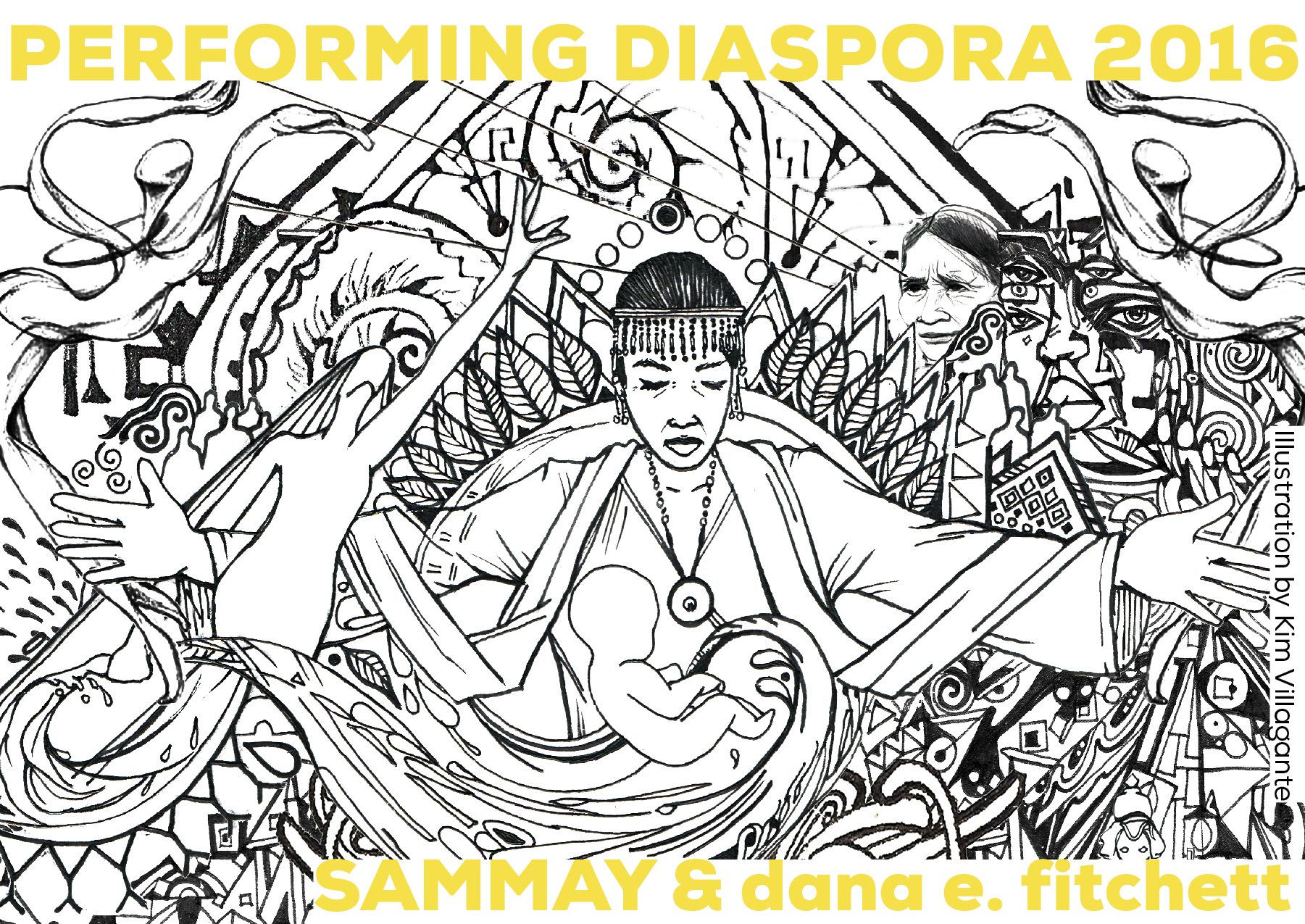
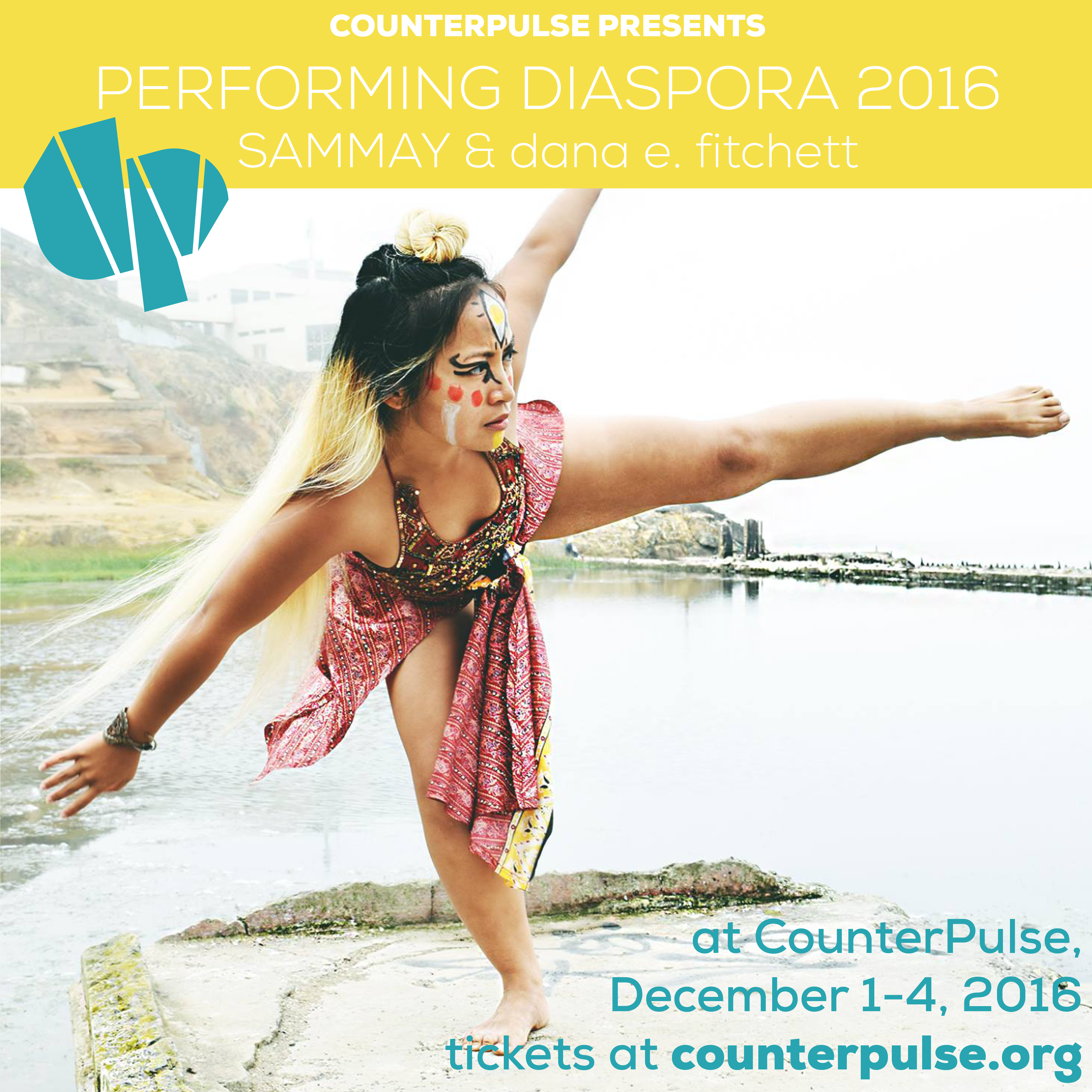

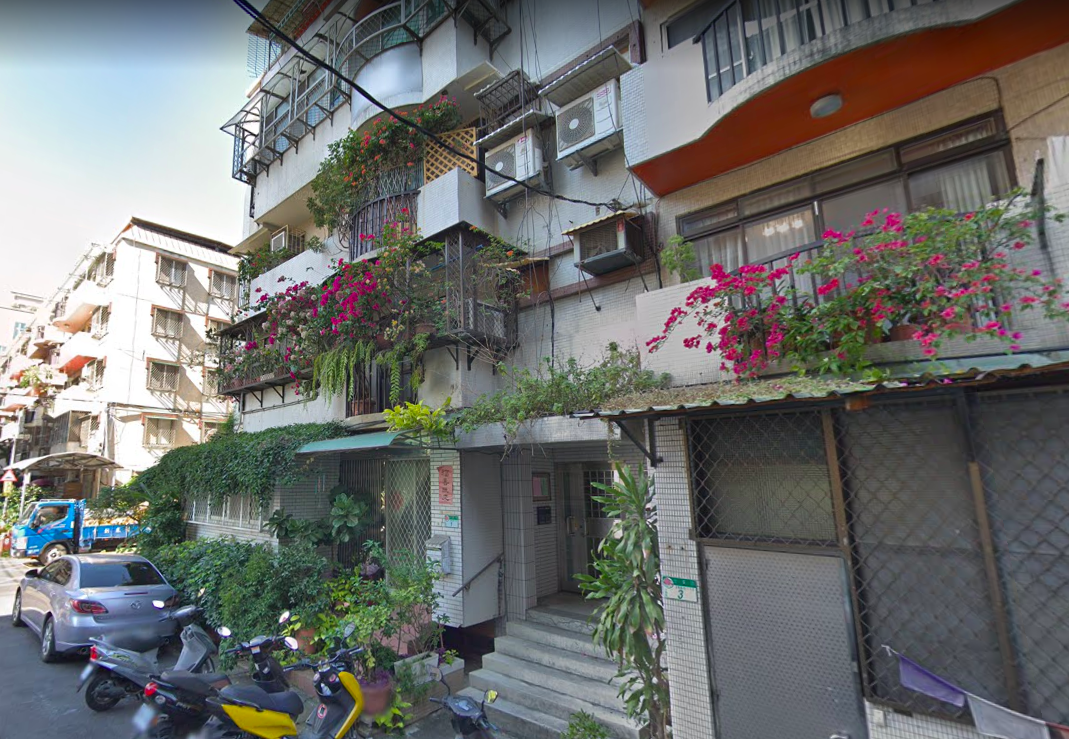
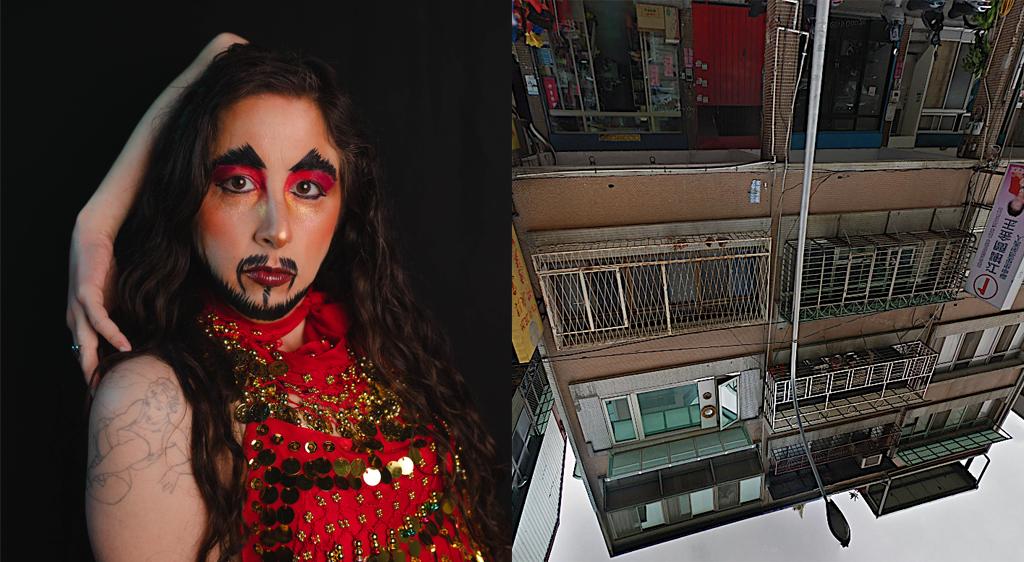
Working with these two women was such an inspiration! Thanks for for deep dive Erica.